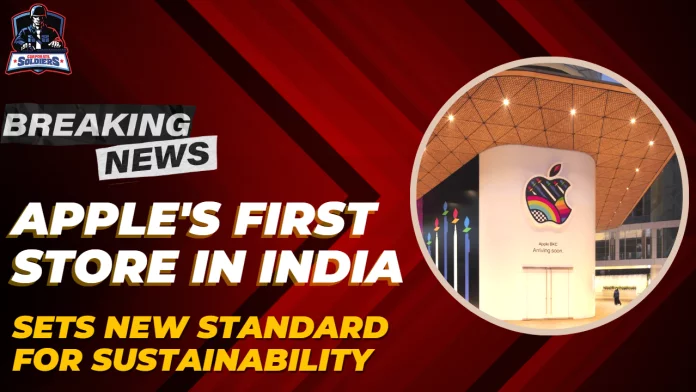India’s steel consumption growth stands out amidst slowing global demand and growing uncertainties, says Seshagiri Rao, Joint Managing Director, JSW Steel and Group CFO.
While the company – the country’s largest steel producer by volume – was impacted by the global slowdown, a high export duty regime in India (which was withdrawn in November) and factors such as elevated energy and raw material costs, Rao expects H2 (October–March) to be better.
The company’s overseas operations – in Baytown – had an EBITDA of $24.7 million in Q2. But Ohio reported EBITDA loss of $4.26 million since high-cost raw material inventory such as pig iron had to be marked down.
In an interview with businessline, he talks about the steel sector’s outlook, debt reduction plans and guidance on international operations, among others. Excerpts:
What is the H2 outlook – overseas and for India?
Globally, in the steel sector, because of slowing demand, there has been a rapid cutback in production in many countries. While there is inflationary pressure on one side, China is witnessing slowing construction activity and stringent Covid-control measures. High inflation and energy costs are other factors. Put together, there is uncertainty in the global markets. In the first eight months of 2022, the total reduction in steel production stood at 68 million tonnes (mt), of which 42 mt was in China.
What is interesting is that even while there has been a 26 mt drop in the rest of the world, India is one of only two places (globally) which have shown growth in steel consumption.
The Indian growth story has a positive outlook – with consumption growing at over 11 per cent. But production q-o-q has been negative by 3.25 per cent, and there has been a slight slowdown because of the monsoons. However, H2 is traditionally a good quarter and with the push towards infra, we expect an improvement in numbers and stability in prices.
S teel imports are increasing. Your comments.
By and large price offers have stabilised. Most imports are from countries with which we have FTAs and so there is little that can be done. From a price perspective, I don’t see current international prices dropping much further (import price being lower than domestic price of steel).
But from a volume perspective, imports of downstream products have picked up. We feel that this may even out in this quarter.
We don’t see too much of imports coming in since the viability of the international market and supply at low prices is limited. Going forward, I think imports should stabilise.
What sort of cost reduction in iron ore is expected in Q3?
The full benefit of the phased price reductions in the last quarter (ending September 30) will be reflected in this quarter (October – December). IBM prices were revised downwards, particularly low-grade iron ores, so that the benefit will come from Q3 onwards.
And you are expecting lower cost of coal too?
There will be a significant flow of lower cost of iron ore plus lower cost of coal. Our guidance is, coal costs should be lower by $80 per tonne quarter-on-quarter.
You moderated capex for FY23. Any impact on debt?
We are at 2.7x debt-to-EBITDA and 1.04x debt-to-equity. Our Rs 48,000-crore capex plan is in the advanced stages and set for completion on time. We expect substantial benefits of that to come in as demand picks up further in India and globally. We are not looking to stop projects and reduce debt.
JSW Steel reduced debt by Rs 1,500 crore in Q2 over Q1. We have also brought down inventories by 4,34,000 tonne in Q2, and used that cash to reduce debt. We are also planning to reduce our inventories by another 4 lakh tonnes in the second half.
Any guidance on international operations?
We don’t expect any big negative from the US operations. Plate prices have not fallen the way HR coil prices have fallen. So, if the HR coil price is at $800-900, the plate price is at $1,600-1,700. This huge difference is not sustainable. So there’ll be some correction in plate prices and the EBITDA in Baytown could see some moderation.
But, losses won’t happen in Ohio. Mark-to-market losses have been accounted for there. We don’t think prices will drop any further; perhaps they have bottomed out as far as prices in the US are concerned. In fact, prices should improve.
SHARE
- Copy link
- Telegram
Published on November 29, 2022










